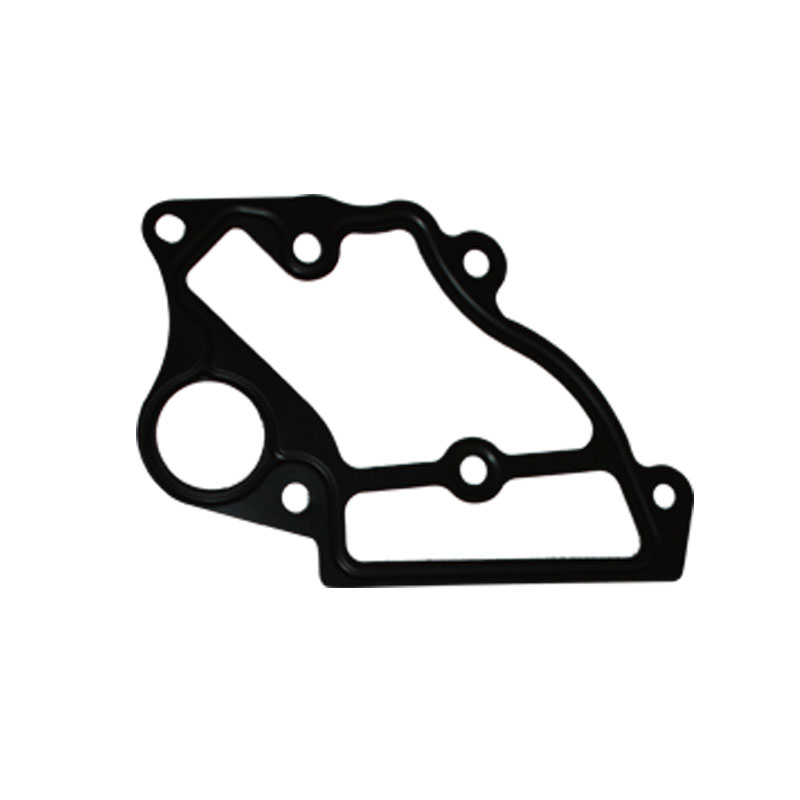front diff seal
Understanding Front Diff Seal Importance and Maintenance
The front differential seal, commonly referred to as the front diff seal, plays a crucial role in the drivetrain of many vehicles, particularly those equipped with all-wheel drive (AWD) or four-wheel drive (4WD) systems. This small but essential component serves to seal the front differential, preventing the gear oil from leaking out and keeping debris and contaminants from entering the differential housing. Understanding the function and maintenance of the front diff seal is critical for vehicle owners who want to ensure optimal performance and longevity of their drivetrains.
The Role of the Front Diff Seal
The front differential is responsible for managing the power distribution to the front wheels. In vehicles with AWD or 4WD, the front diff engages when additional traction is needed, helping to distribute engine power effectively. The front diff seal ensures that the lubricant within the differential remains intact, which is crucial for proper functioning. Without a properly sealed differential, the gear oil can leak out, leading to low lubrication levels. This can cause severe wear and tear on the gears and bearings, significantly increasing the risk of catastrophic failure.
Symptoms of a Failing Front Diff Seal
Recognizing the signs of a failing front diff seal is vital for vehicle maintenance
. Some common symptoms include1. Fluid Leaks One of the most evident signs is the presence of fluid stains or puddles under your vehicle. If you notice oil leaking from the front differential area, it's a clear indicator that the seal may be compromised.
2. Noisy Differential A failing seal can lead to low fluid levels, which can cause the differential to produce unusual noises, such as grinding or whining. These sounds are often a sign that the gears are not being adequately lubricated.
3. Performance Issues A malfunctioning front differential can significantly impact vehicle handling, leading to difficulties when turning or uneven traction, particularly in slippery conditions.
front diff seal

4. Warning Lights Some modern vehicles are equipped with sensors that monitor the differential's condition. If the differential’s temperature or lubrication levels fall outside the normal range, a warning light may illuminate on the dashboard.
Maintenance and Replacement
Maintaining the front diff seal involves regular inspections and fluid changes. Here are some key recommendations
- Regular Inspections During routine vehicle maintenance, have the front differential inspected for leaks. Catching a problem early can prevent more substantial damage and expensive repairs.
- Fluid Changes Follow the manufacturer’s guidelines for changing the differential fluid. Using the correct type of lubricant is crucial for maintaining the health of the differential and its components.
- Seal Replacement If leaks are detected, it is necessary to replace the front diff seal promptly. Replacing the seal typically involves draining the differential fluid, removing the old seal, and installing a new one before refilling with fresh oil. While this can be a DIY task for some, it might be best to consult a professional mechanic to ensure proper installation.
Conclusion
The front differential seal is a small but mighty component that plays a significant role in your vehicle's performance and reliability. Regular maintenance and timely attention to potential issues can help you avoid costly repairs and maintain optimal functionality of your drivetrain. Always refer to your vehicle manufacturer’s recommendations for specific maintenance schedules and procedures. Understanding the importance of the front diff seal not only enables you to keep your vehicle running smoothly but also enhances your knowledge as a car owner, ensuring you can make informed decisions about your vehicle's care and maintenance.
-
Understanding Automotive Oil Seals: Essential Components for Engine and Shaft Protection
News Jul.30,2025
-
The Importance of Heavy Duty Seals in Industrial and Residential Applications
News Jul.30,2025
-
Exploring Industrial Oil Seals: From Felt Oil Seals to TTO and CFW Solutions
News Jul.30,2025
-
Essential Guide to Oil Seals: From Radial to Metal-Cased Seals for Industrial Reliability
News Jul.30,2025
-
Choosing the Right Oil Seals and Gaskets for Industrial and Automotive Applications
News Jul.30,2025
-
Cassette Seals: Durable Sealing Solutions for Harsh Environments
News Jul.30,2025
-
Understanding the Front Main Engine Seal: Purpose, Maintenance, and Installation
News Jul.29,2025
Products categories















